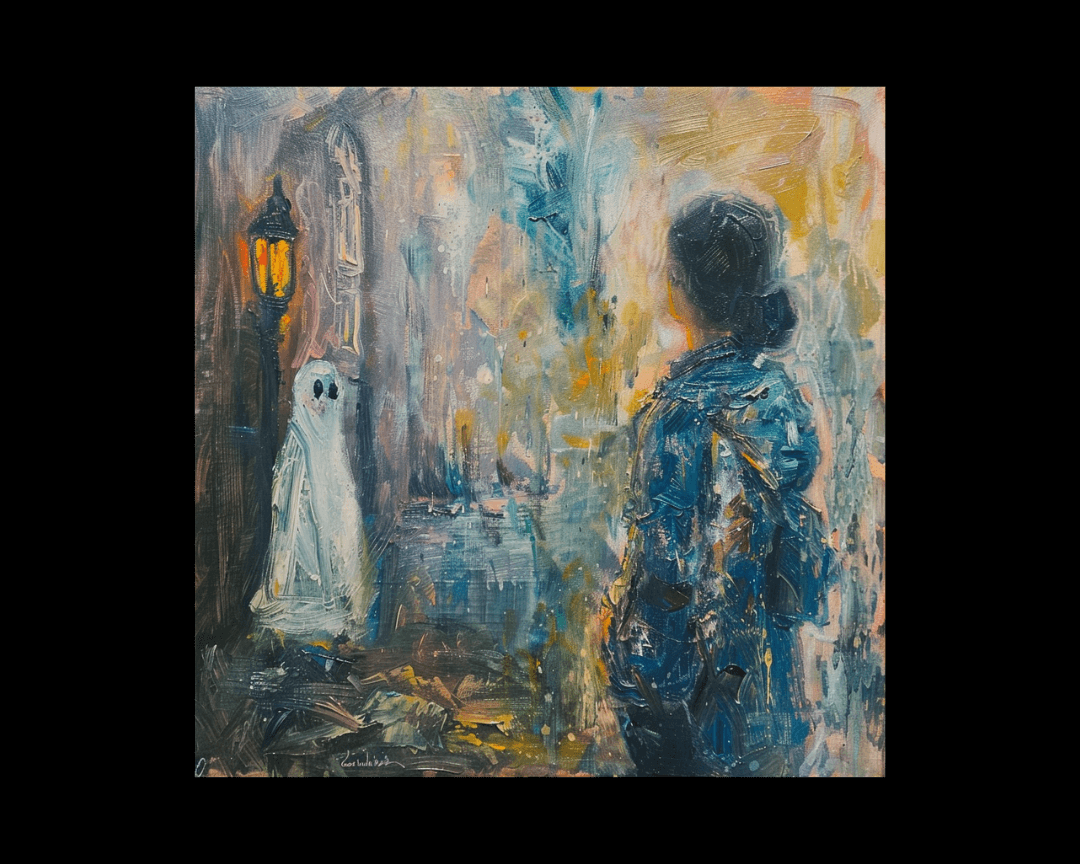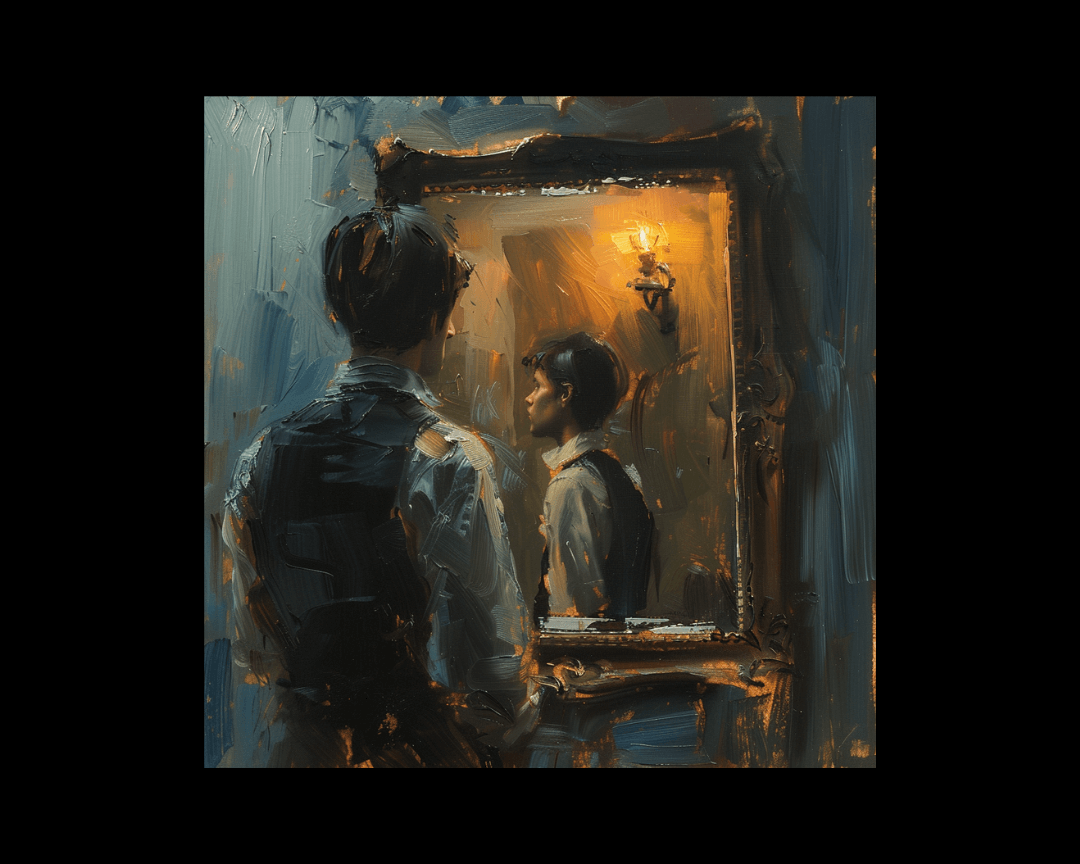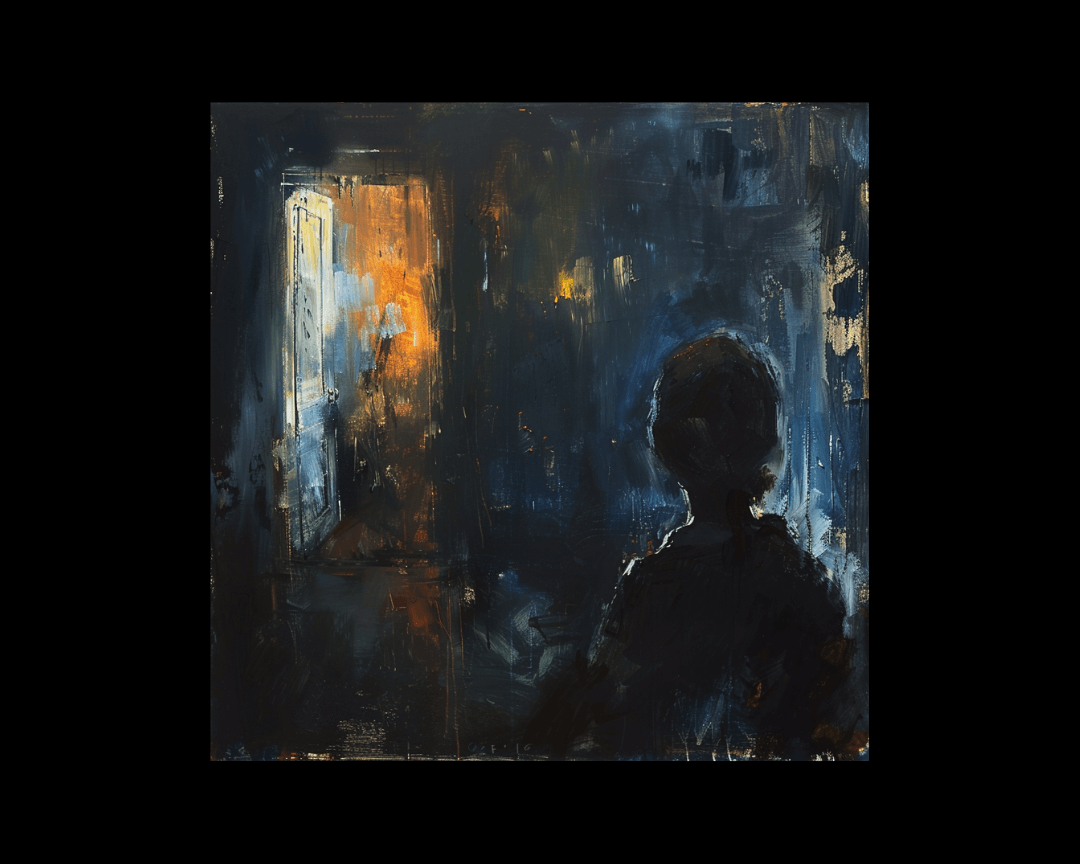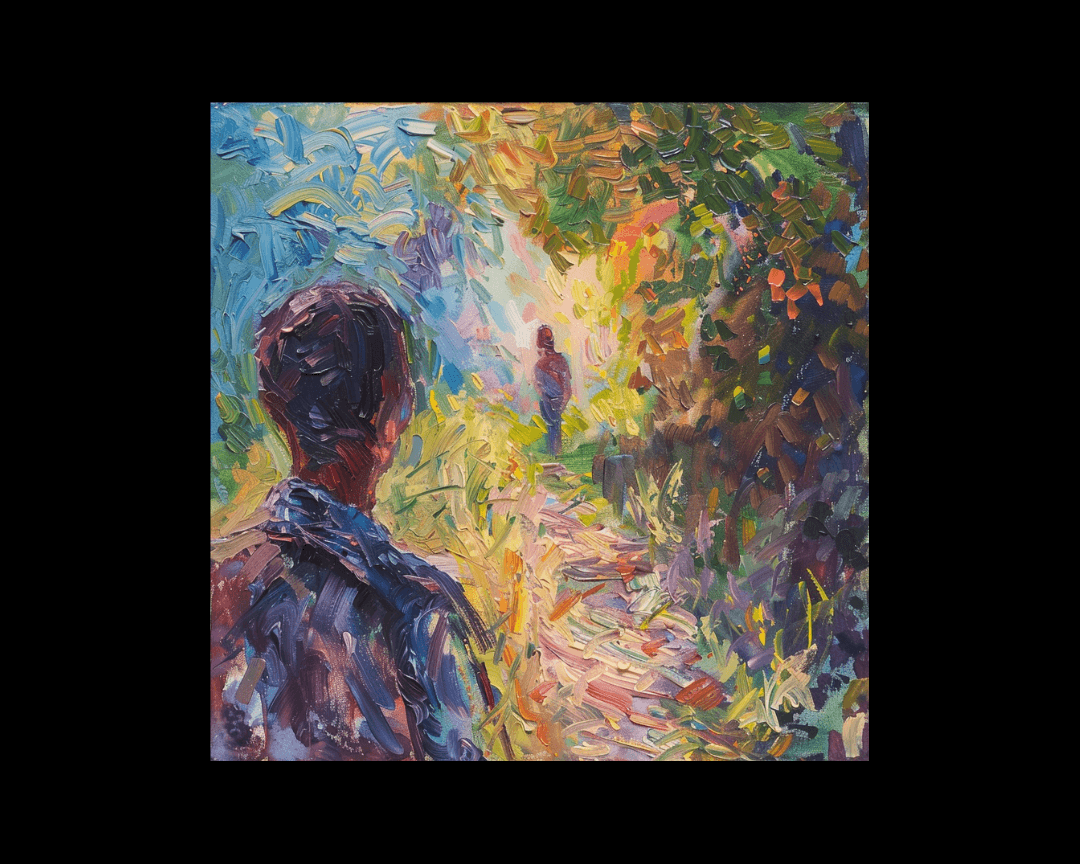The Labyrinth of the Soul: Characters And Internal Conflict
In the realm of fiction, conflict reigns supreme. It is the engine that drives the narrative, the spark that ignites the reader's imagination. While...
4 min read
 Writing Team
:
Apr 27, 2024 11:15:14 AM
Writing Team
:
Apr 27, 2024 11:15:14 AM

In the tapestry of a character's life, the threads of the past often weave the most intricate patterns. These threads, these echoes of old pains and ancient scars, are a character's "ghost"—the emotional wounds that haunt them and shape their very being.
These ghosts give depth and dimension to the characters we craft, making them more than mere constructs of ink and paper but living, breathing entities with histories and heartaches of their own.
Today, we are exploring ghosts, the pieces of a character’s past that make them real. We will take you through developing a well-rounded character by exploring how to incorporate emotional wounds into a character’s background.
Let’s begin.
What, then, is the nature of these ghosts? They are the scars the soul bears, the lingering remnants of traumas endured and losses suffered. They are the guilt that gnaws, the grief that aches, the grievances that fester. These are the wounds that time has not healed, the pains that the character carries with them, always.
A character's ghost is not merely a part of their backstory, a footnote in the annals of their fictional life. No, it is a force that shapes their very identity, colors their perceptions, and guides their actions. The unseen hand pushes and pulls them, the invisible strings tugging at their heart and mind.
The ghosts that haunt our characters can take many forms, but they often fall into three broad categories: guilt, grief, and grievance. Each carries its particular pain and unique way of shaping the character's inner landscape.
Guilt is perhaps the most insidious of these specters. The character's shame is the weight of their own perceived failings and transgressions. Maybe they made a choice that led to terrible consequences, a decision they can never take back. Or perhaps they failed to act when necessary and now bear the burden of what might have been.
This guilt can manifest in many ways. It may drive the character to seek redemption, to atone for their sins through good deeds and self-sacrifice. Or it may paralyze them, trapping them in a cycle of self-loathing and despair. It may even twist their perceptions, making them see fault and failure where none exists.
Grief, too, can cast a long shadow over a character's life. It is the ache of absence, the void left by a loss that can never be filled. This loss may be literal—the death of a loved one, the shattering of a dream—or it may be more symbolic—the loss of innocence, faith, or a sense of self.
Grief can be a powerful motivator, driving a character to seek justice to right the wrongs done to them. But it can also be a weight that drags them down, a darkness that consumes them. It can isolate them, cutting them off from the comfort and support of others, leaving them alone with their pain.
Finally, there is the ghost of grievance, the specter of injustice and betrayal. This is the pain of being wronged and treated unfairly or cruelly. It is the anger that burns, the resentment that festers, the desire for vengeance that consumes.
A character haunted by a grievance may be driven by a need to set things right, to balance the scales of justice. They may become consumed by anger, lashing out at those around them and pushing away those who care for them. Or they may turn that anger inward, letting it eat away at them, corrupting their very soul.
Of course, these ghosts rarely exist in isolation. More often, they intertwine and overlap, creating complex webs of pain and trauma. A character's guilt may be born of grief; their grief may give rise to grievance. These wounds intersect and amplify each other, creating a tapestry of suffering unique to each character.
It is in this interplay that the actual depth of a character's psyche is revealed. How these ghosts interact, and the conflicts they create within the character's mind and heart are the stuff of compelling characterization, of characters that feel real and alive on the page.
But the power of these ghosts goes beyond mere characterization. In crafting characters haunted by the specters of their past, we hold up a mirror to the human condition itself.
We tap into the universal experiences of pain, loss, guilt, grief, and anger. We create a connection between the fictional lives we weave and the real lives of those who read our words.
This is the true magic of the character's ghost—its ability to resonate with the reader on a deep, emotional level. When we see a character grappling with the same pains and traumas that we have faced, we cannot help but empathize, seeing a piece of ourselves reflected in the pages of the story.
In this sense, crafting a character's ghost is an act of profound empathy. It acknowledges the scars and wounds we all bear. It recognizes the shared human experience of suffering and survival, of the soul's resilience in the face of pain.
By weaving these ghosts into the fabric of our characters' lives, we create compelling fictional beings and mirrors of the human heart. We invite our readers to see themselves in our characters, to find solace and catharsis in their journeys.
So, let us not shy away from the ghosts that haunt our characters. Let us embrace them, explore them, and let them shape and shade the stories we tell. For it is in these specters of the past that the true power of characterization lies.
Let us craft guilt that weighs heavy on the soul, grief that aches like a phantom limb, and grievances that burn with the fire of injustice. Let us create characters whose lives are shaped by the pains they have endured, whose actions and choices are guided by the ghosts that walk beside them.
In doing so, we tap into something primal and powerful that speaks to the very core of what it means to be human. We create stories that resonate and linger long after the final page is turned. We craft characters that feel not like constructs of fiction but like living, breathing reflections of ourselves and all those around us.
So to all those who wield the pen and weave the tales that shape our world, we say this: embrace the ghost. Dive deep into the pains and traumas of your characters' pasts, into the scars that mark their souls. Let these wounds be the brush with which you paint the portrait of their lives, the chisel with which you sculpt the contours of their being.
For it is in the shadows of the past that the light of true character shines through. In the echoes of old pains, humanity's voice rings truest. And it is in the ghosts we craft that the real power of the story lies.

In the realm of fiction, conflict reigns supreme. It is the engine that drives the narrative, the spark that ignites the reader's imagination. While...

The Challenge and the RewardIn storytelling, the protagonist's journey often takes center stage. Readers watch, transfixed, as characters navigate...

In the tapestry of a character's life, the threads of the past often weave the richest patterns. These threads, these echoes of a life lived before...